Precision Pet Products Garden Walk-In Chicken Coop, 12 Chicken Capacity
The Precision Pet Products Garden Walk-in Chicken Coop is the perfect coop to raise your chickens. The size of the walk-in chicken coop provides lots of foraging space. This chicken coop is also designed with wire mesh sandwiched between the wood panel to keep the chickens safe from injury.
The Precision Pet Products Garden Walk-in Chicken Coop is the perfect coop to raise your chickens. The size of the walk-in chicken coop provides lots of foraging space. This chicken coop is also designed with wire mesh sandwiched between the wood panel to keep the chickens safe from injury.
- Plastic corrugate roof for durability
- Access door on every side for easy access
- 2 pull-out cleaning trays for easy cleaning
- Adjustable rear ventilation for comfort
- 4 internal nesting boxes and 3 roosting bars
- Wire mesh sandwiched between the wood panel keeps chickens safe from injury
- Chicken coop with 12 chicken capacity
- No exposed wire edges or staples that can injure chickens or their owners
Additional information
| Coop/Hutch Type | Standard coops |
|---|---|
| Door Height | 60 in. |
| Door Width | 30 in. |
| Features | Caged Exterior, Top Door |
| Primary Finish | Stain |
| Foraging or Run Area Length | 102 in. |
| Foraging or Run Area Width | 59 in. |
| Frame Material | Wood |
| Location of Doors | Side |
| Nesting Area Length | 102 in. |
| Nesting Area Width | 59 in. |
| Number Of Doors/Openings | 4 |
| Number Of Levels/Stories | 2 |
| Number of Nesting Areas | 4 |
| Number Of Ramps | 1 |
| Number of Roosting Bars | 3 |
| Primary Color | Gray |
| Product Height | 72 in. |
| Product Length | 102 in. |
| Product Weight | 253 lb. |
| Product Width | 59 in. |
| Recommended Number of Animals | 12 |
| Roof Material | Plastic |
| Roof Style | Sloped |
| Wall Material | Pine |
| Manufacturer Part Number | 40081D |



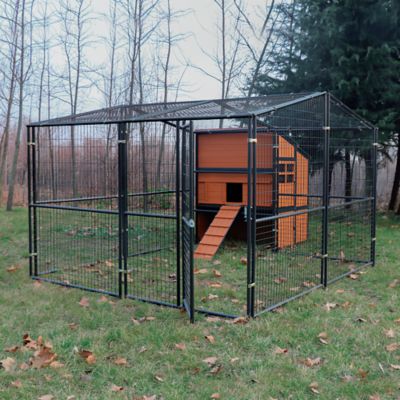
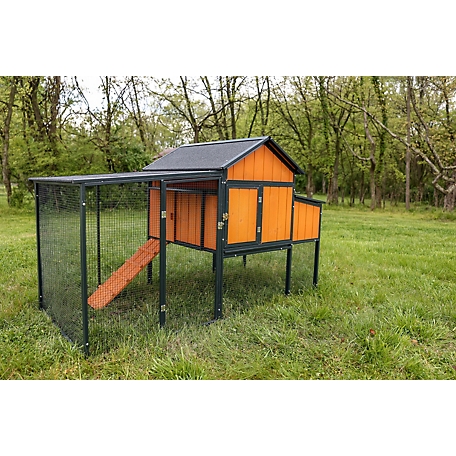

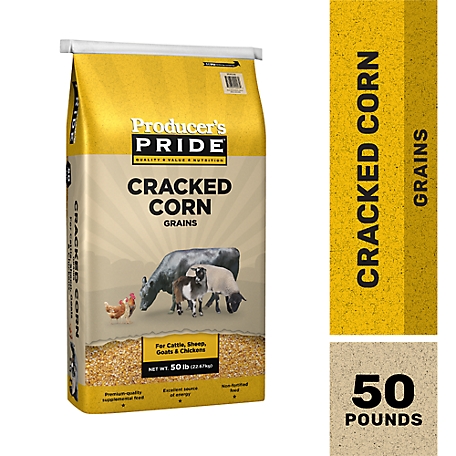


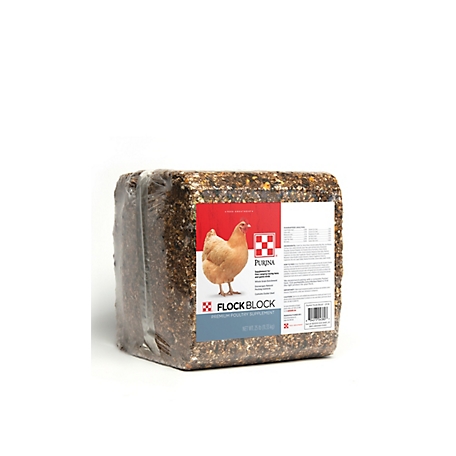
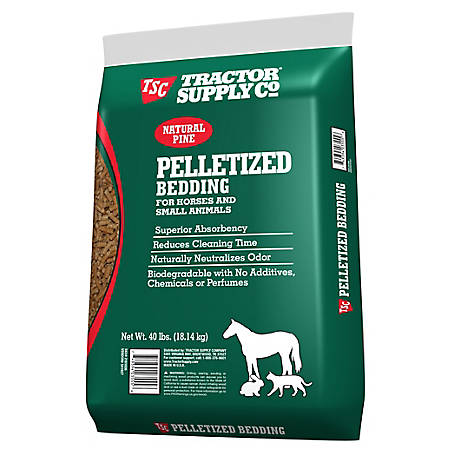
by Troy
The coop is well designed. Several of the pieces came in damaged but I was still able to assemble it and it’s room enough for the 10 chicks I have in it.